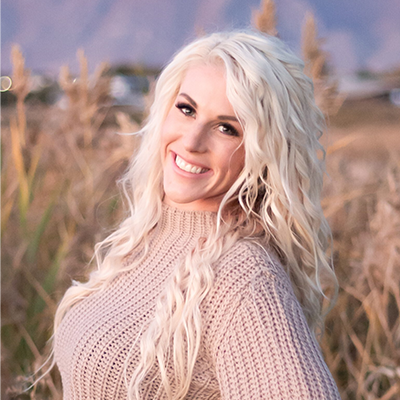Winter poses unique challenges for grazing livestock and your pastures. It's not just about keeping your herds and flocks fed; it's about navigating the winter pasture landscape and appropriately preparing for spring recovery to ensure your operation's long-term health and productivity. In this article, we'll explore effective strategies for winter pasture management tailored to the needs of livestock producers.
Understanding the Winter Pasture Landscape
In colder climates, the nutritional needs of livestock change, and your pasture quality rapidly declines. It’s necessary to consider grazing strategies and infrastructure changes that prioritize the health of both your land and your livestock.
Implementing Grazing Strategies
Grazing strategies should be centered around optimizing your pasture use both during and after the winter season. Chances are, you already have the following strategies in place:
Rotational grazing
Rotational grazing throughout the year is a great way to maintain your pasture health with recovery periods. However, the early and late winter seasons pose a higher threat of pasture erosion. This is because soil tends to be wet or muddy, leading to compaction, erosion, and long-term soil damage when grazed.
Many producers managing winter pastures will designate a “sacrifice grazing area” to keep livestock when the soil is wet or muddy. By sacrificing this area, producers can prevent long-term damage to their remaining grazing areas.
Iowa State Extension and Outreach recommends this site be relatively level, suitable for reseeding, and have access to supplemental feeding and water. It is also recommended that your sacrifice grazing area be fenced away from waterways and ponds to avoid stream bank degradation, siltation, poor water quality, nutrient pollution, and eutrophication.
Stockpiling forage
Stockpiling forage typically goes hand-in-hand with strip or rotational grazing, and involves resting pastures from the end of summer until they are grazed again in the winter.
Nearly any grass or legume can be stockpiled, but bromegrass, timothy, birdsfoot trefoil, and even tall fescue (though sometimes controversial) are especially good candidates due to their hardy root systems.
Adjusting stocking rates
Stocking rate is defined as the number of animals on a given amount of land over a certain period of time. On the other hand, carrying capacity refers to the number of animals that a given amount of land can sustain over a certain period of time.
During the winter season, your land isn’t able to support the same number of animals it could during other seasons due to a decline in available nutrients. In order to sustain your pasture health over winter, it may be necessary to decrease your stocking rate which is, of course, easier said than done.
Shelter and Infrastructure
Although many production livestock breeds are bred to withstand harsh winter conditions, it’s a good idea to have the infrastructure in place to limit your risk of injury and disease.
Building windbreaks/ shelters
If your land does not offer protection from wind and snow, either from its natural topography or the presence of tree lines or shrub rows, constructing a windbreak is probably worth the investment.
According to the University of Nebraska - Lincoln, Kansas producers see a 2% improvement in calving success when a windbreak is available during the winter season. Purdue University found that when the temperature drops below 30 degrees Fahrenheit, every 10-degree drop in windchill causes the energy requirements of cattle to increase by 13%. Lastly, Montana feedlots report that during severe winters, cattle behind windbreaks gain 10.6 lbs more on average than cattle that withstand windchill.
Winter watering systems
There are a plethora of watering systems available that can provide clean, fresh water to your livestock throughout the winter months. Choose an option that is most practical for your operation.
Forage Supplementation
Winter often requires supplemental feed options. Evaluate the need for supplements and understand how the nutritional needs of your livestock differ in the winter compared to other seasons.
For more information on nutrition planning, read through our 3-part nutrition planning series, and if possible, speak with a specialist to ensure your supplementation plan efficiently meets the needs of your livestock.
Remember, it’s much easier (and less costly) to maintain your livestock’s health and productivity with year-round nutrition planning than it is to play catch-up with supplements later down the line.
Planning for Spring Recovery
As winter retreats, assess pasture damage and plan for recovery—transition from winter to spring grazing strategies, incorporating lessons learned from this year’s winter pasture management into your year-round plan.
Conclusion
Winter pasture management is a dynamic process that demands attention to detail. By understanding the nutritional needs of your livestock during winter and implementing effective strategies, you're ensuring the health and productivity of your operation as a whole. None of the strategies mentioned above are universal solutions, you need to adapt to your specific conditions, and remember, a well-managed winter sets the stage for a successful grazing season ahead and the long-term health of your pastures.

%20(1).jpg)



.webp)




